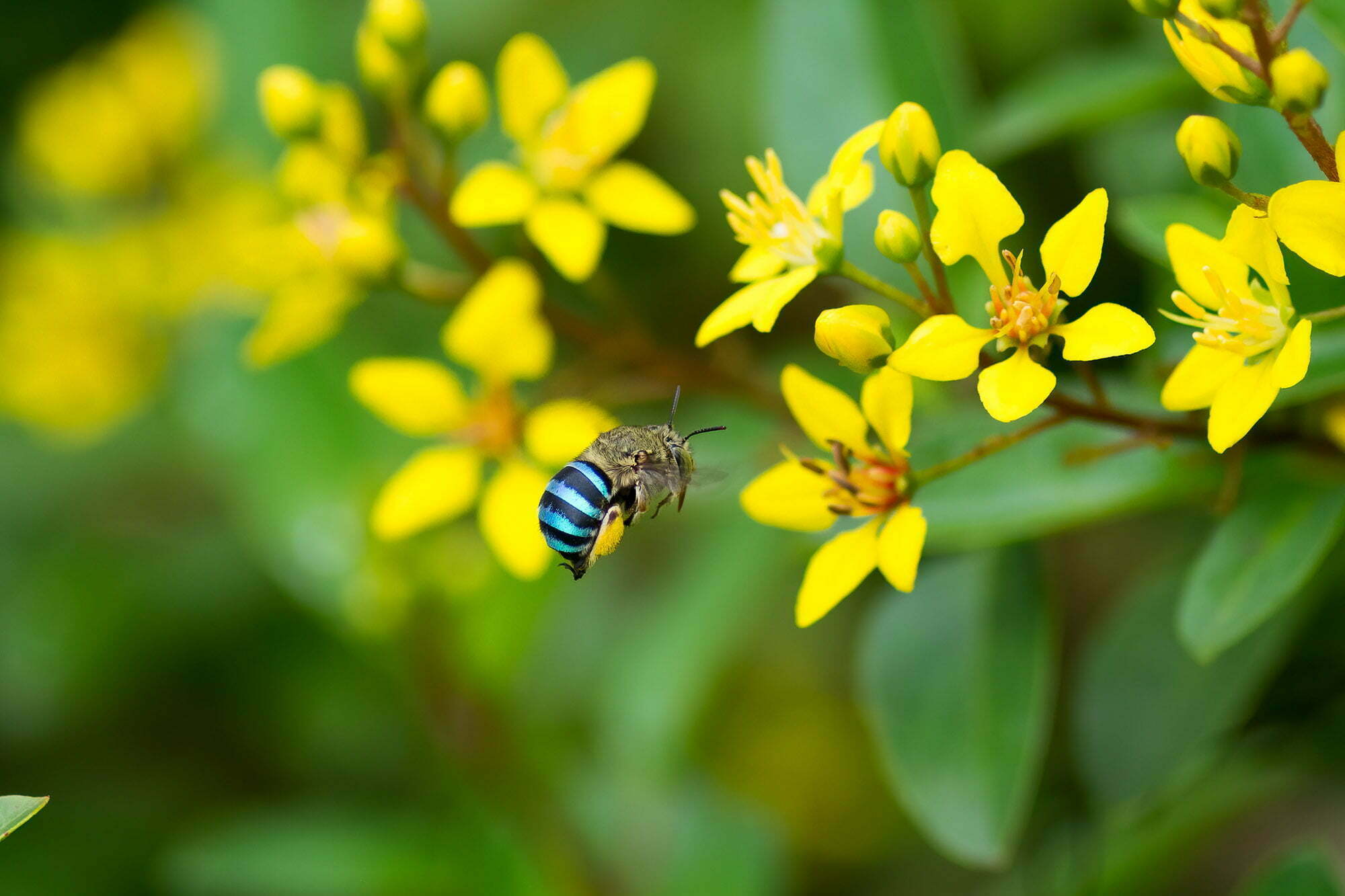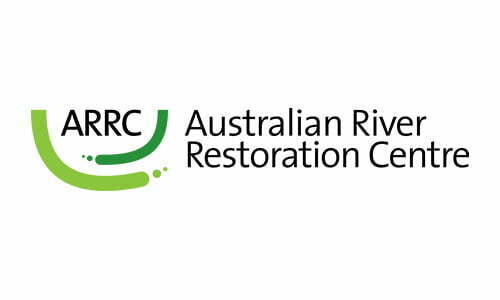Banner photo: A Blue Banded Bee approaches a Golden Shower Tree (credit: Jean and Fred / Flickr CC BY 2.0)
Introduction
Pollination is a vital ecological process, helping to produce Australia’s high-quality fruit, vegetables, gardens and native landscapes. Ninety-five percent of flowering plant species need pollinators, so when we are restoring landscapes with vegetation it is important to think about how we can create habitats within which pollinators can thrive.
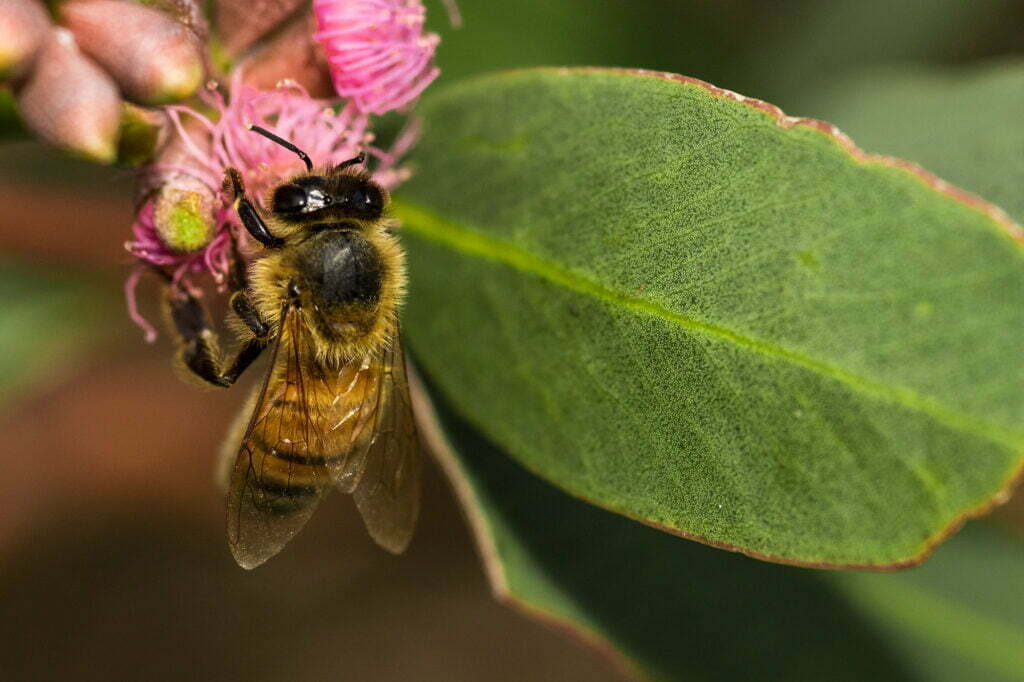

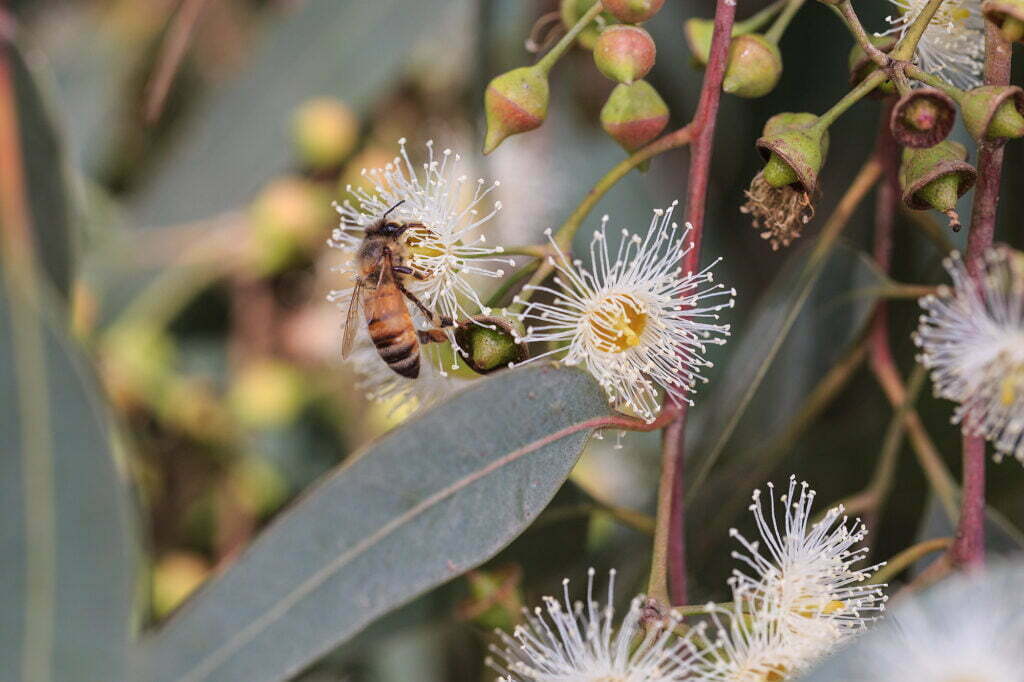
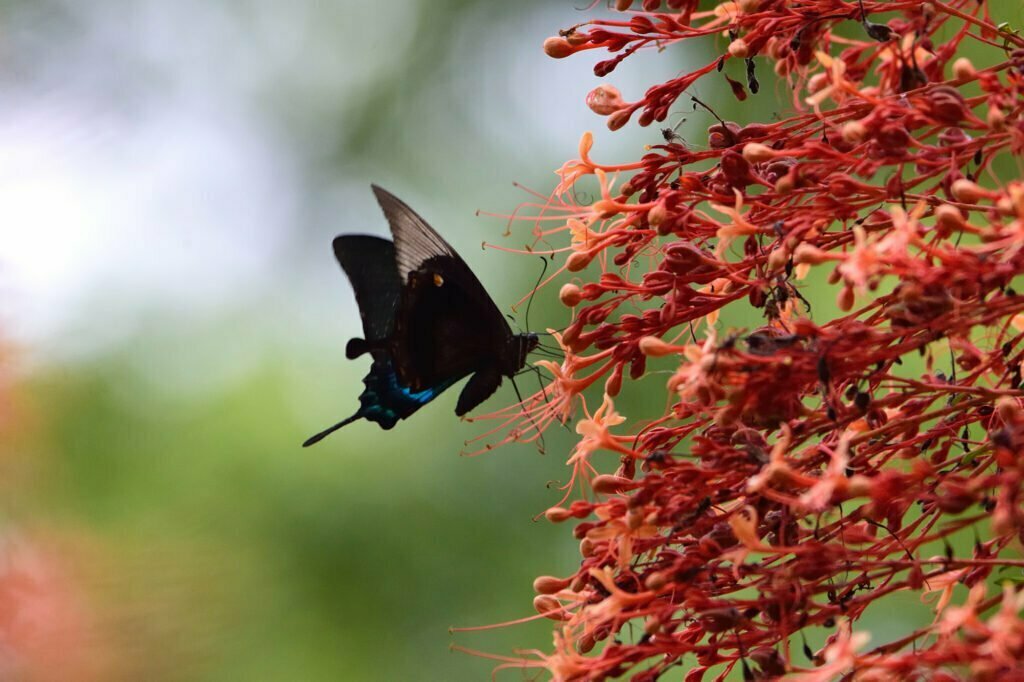
Pollinating animals visit flowers to drink nectar or feed off the pollen before transporting the pollen grains as they move from spot to spot. And since plants are immobile, this process is vital to move pollen across large distances that are otherwise unreachable. Successful pollination ensures the next generation is healthy and genetically diverse.
This guide is designed to teach you more about the process of pollination so that you can identify, protect and encourage more pollinators on your property.
What is pollination?
Pollination is a natural process by which pollen grains move from the anther (male part) of a flower to the stigma (female part) of a flower. This is the critical first step to producing seeds, fruits and the next generation of plants.
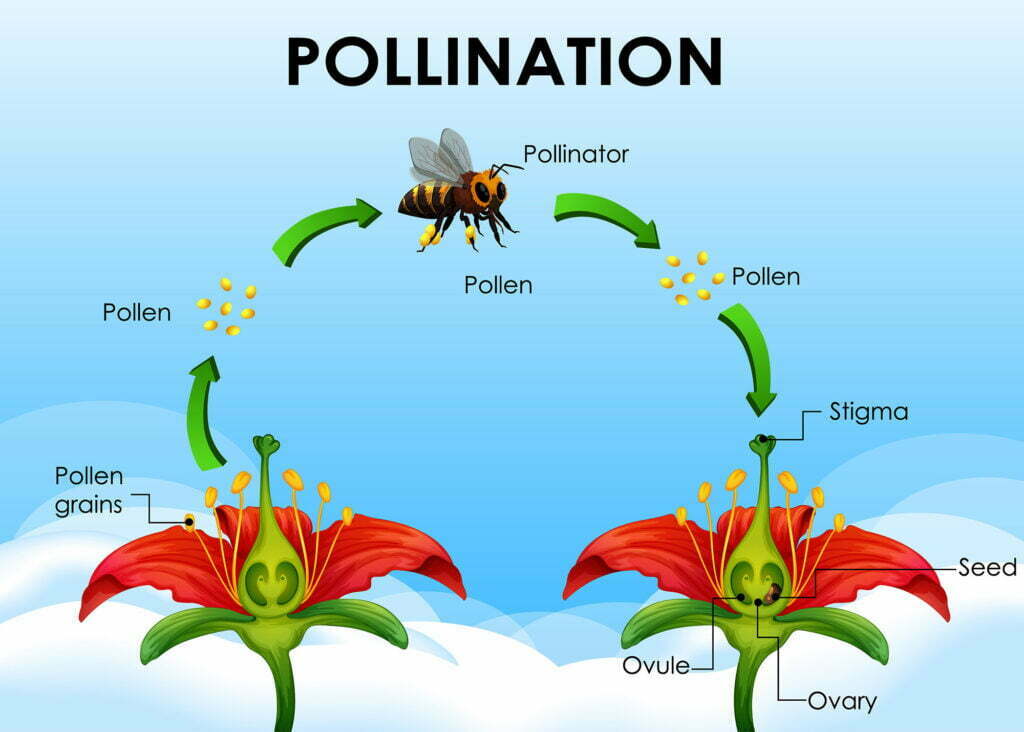
There are several ways pollination can occur:
Self-pollination
Known as geitonogamy or autogamy:
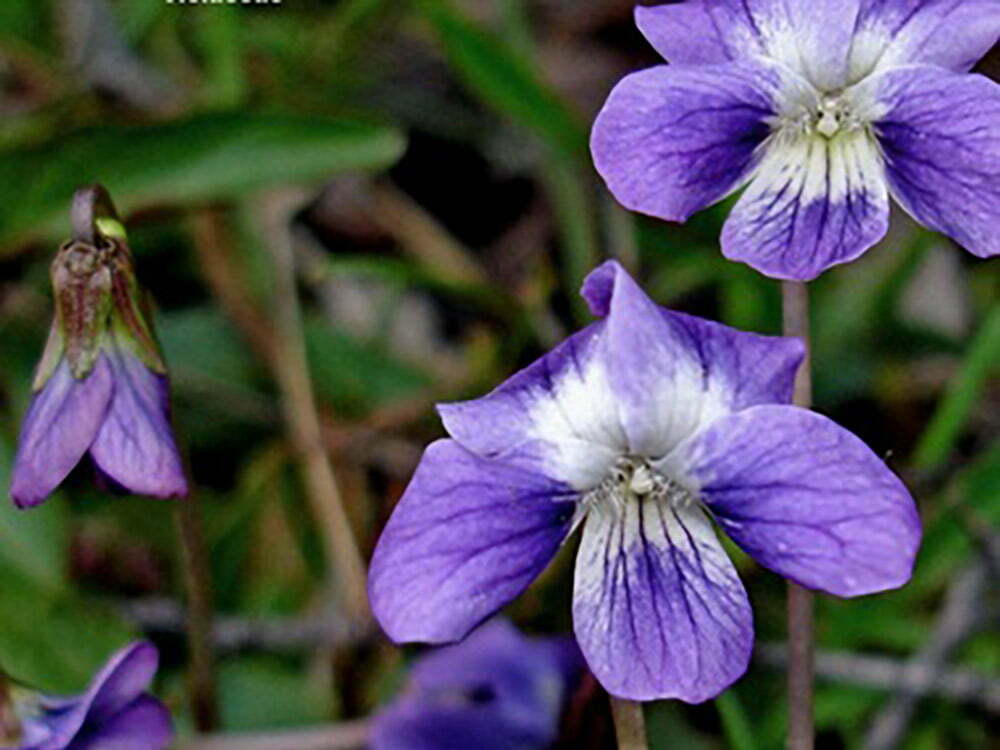
Autogamy
In this type of pollination, pollen grains are transferred from the anther to the stigma within the same flower. This mechanism requires coordinated opening, maturation and exposure of nearby anthers and stigmas.
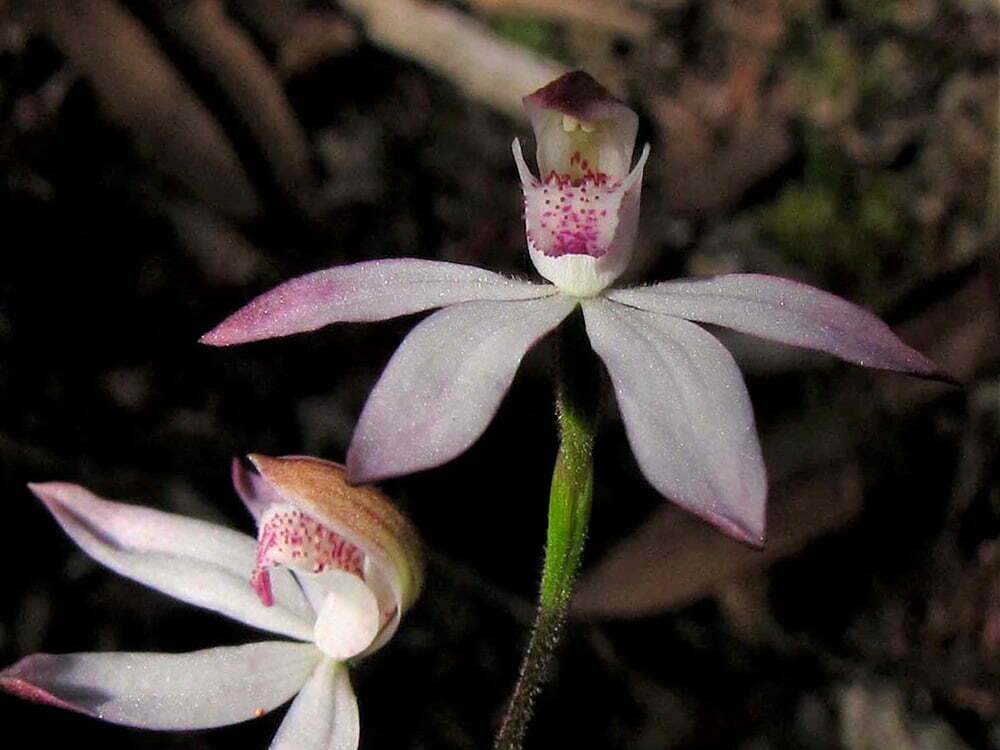
Geitonogamy
This type of pollination requires pollen grains to move from the anther of one flower to the stigma of another flower within the same plant. The Caladenia genus, commonly known as Spider Orchids, are known to use this process.
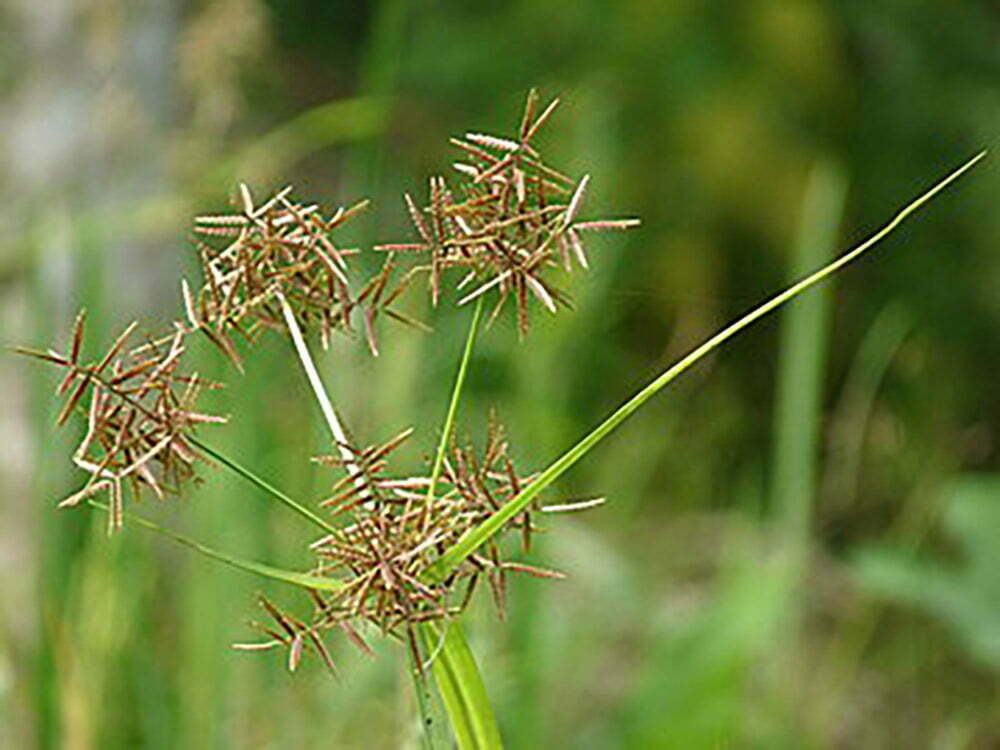
Wind pollination (anemophily)
When self-pollination fails, or is not possible, other environmental factors contribute to successful pollination like wind. Some native Australian florae have light-weight pollen grains which release from the plant in windy conditions. Although this is a relatively inefficient method pollination, it works well for groups such as grasses. Wind pollinated plants produce no nectar and have insignificant flowers that are mostly dioecious (having the male and female reproductive organs in separate individuals).
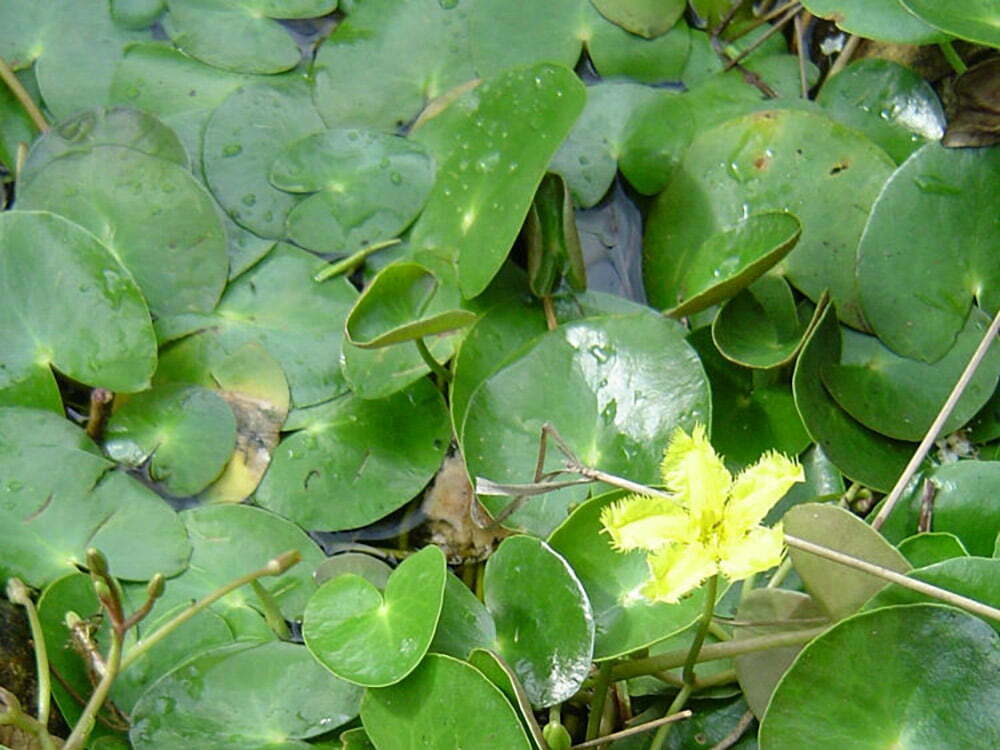
Water pollination (hydrophily)
This is the least common type of pollination, at around 2% of pollination efforts. Water pollination involves pollen floating (called a pollen raft) on the water’s surface to reach a flower’s available stigma. Some wetland species such as the brilliant yellow running marsh flower Villarsia reniformis have female flowers on the water’s surface which are able to attract these passing pollen rafts. Sometimes pollen travels under the water to reach fully aquatic species, but this is a rare occurrence.
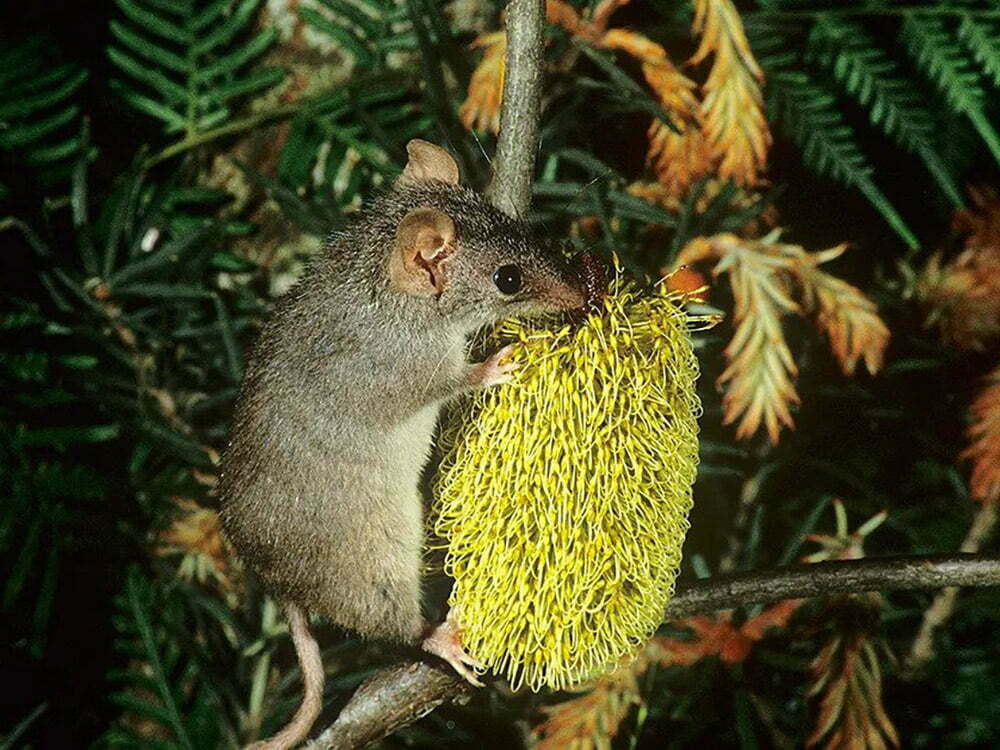
Animal and insect pollination (zoophily)
This is the most common type of pollination where animals carry pollen between plants. Zoophily relies on animals travelling from the anther of one plant to the stigma of another, effectively fertilising the ovules in the flower. If the animal fails to bridge the gap properly, pollination does not occur.
Lesser-known pollinating species
The European honeybee, alongside its native Australian counterpart, are credited with much of the pollinator process. While they are incredibly important, many other native Australian fauna like birds, bats, butterflies, moths, flies, beetles, wasps, and small mammals, help share the pollination load. The insects in this list are particularly important for pollination in Australia, accounting for 65% of active domestic pollination. When promoting environments within which pollinators can thrive it is important to think about these other pollinators, not just bees.
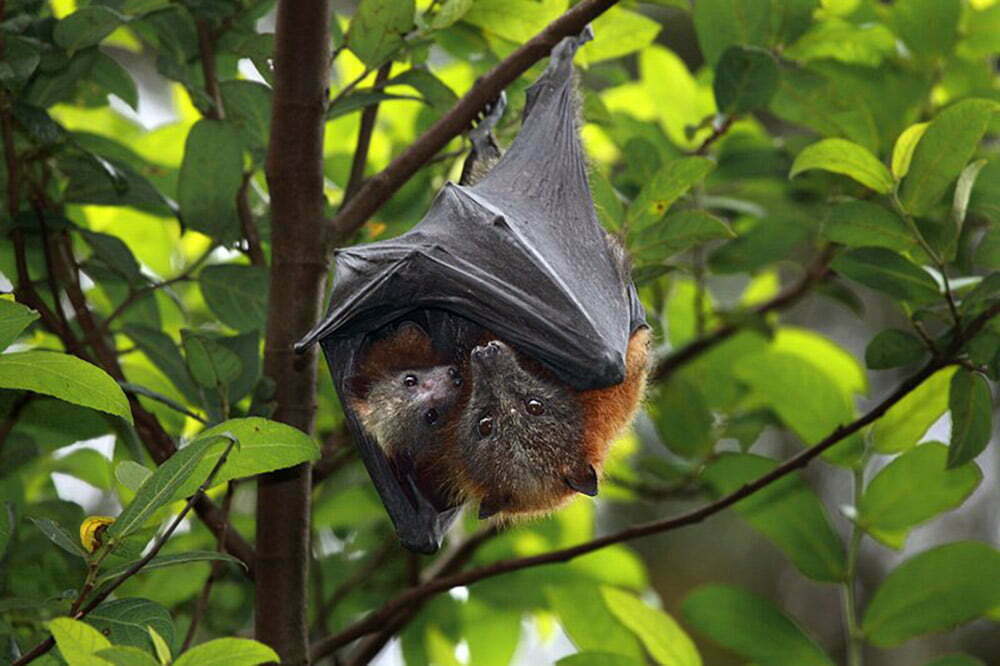
Flying foxes
Its not commonly known but flying foxes play a vital role in pollination. They distribute seeds from fruits they consume up to 50km away in one night, increasing genetic diversity and connecting fragmented ecosystems.
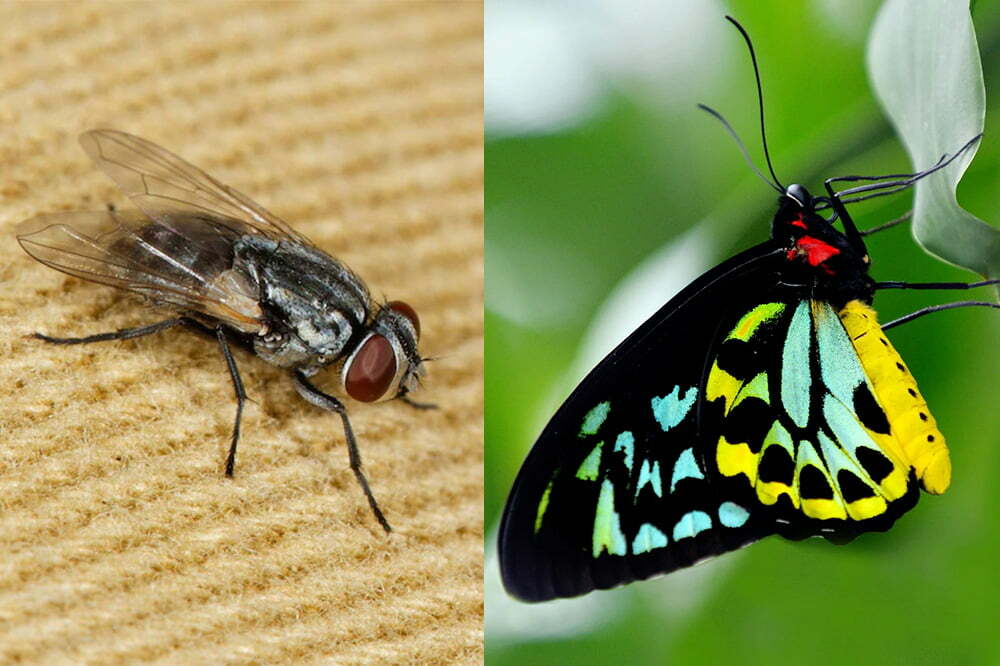
Flies and butterflies
Mainly diurnal pollinators (active during the day), these smaller creatures maximise contact to the anther by approaching the flower from above, and significantly contribute to Australian avocado and fruit production.
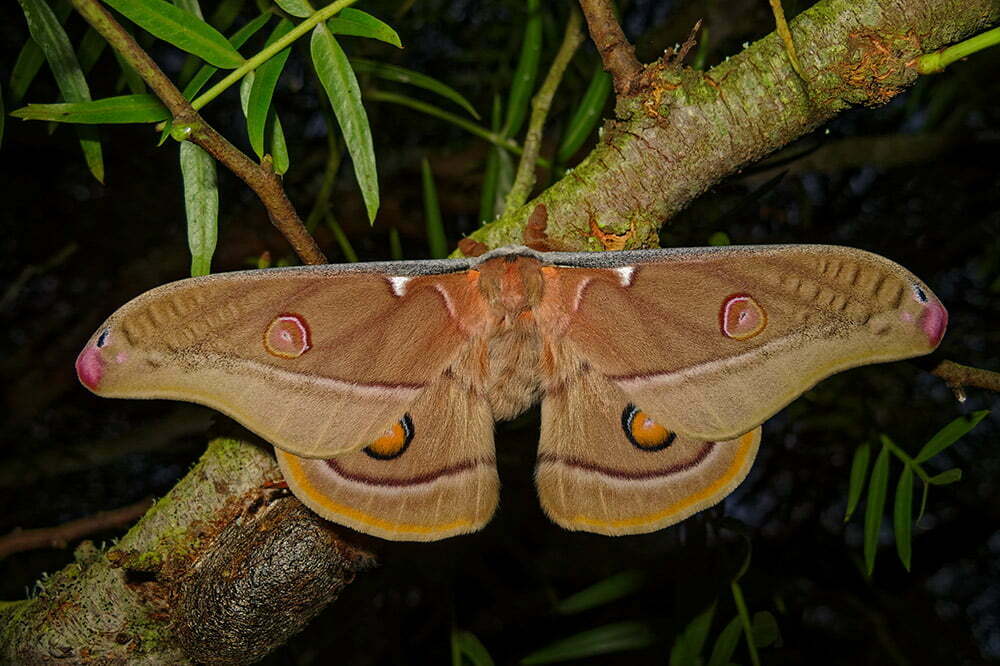
Moths
Often overlooked in pollination, moths are a critical nocturnal pollinator, targeting plants that flower at night. Moth-pollinated flowers are often white or translucent with fragrant scents to attract their pollinating companions.
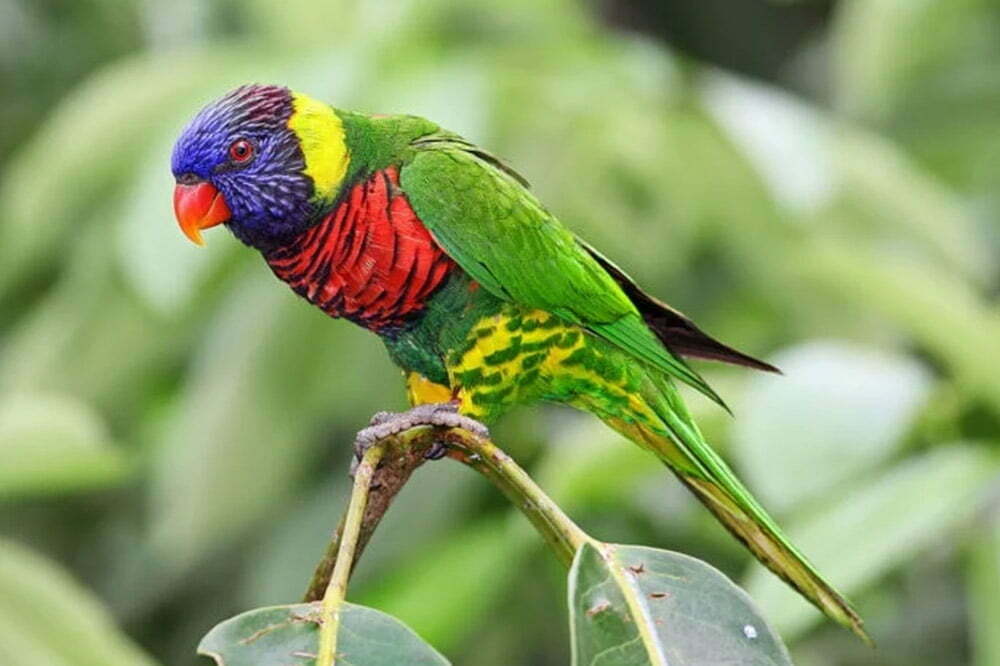
Honeyeaters and lorikeets
There are over 100 species of important pollinating birds in Australia. Honeyeaters and lorikeets are persistent flower-feeders which target native flora such as Eucalypt, Banksia, and Callistemon trees.
How can you promote pollination?
Use local native plants where possible
This Rivers of Carbon native species list identifies trees, shrubs and grasses that are suited to the southeast NSW climactic conditions.
Plant diverse species with different flower colours
Pollinators are often drawn to specific-coloured flowers, like moths to white/translucent petals, so increasing the options helps to call diverse pollinators. Check out the ‘Attractive our native birds and bees guide’ by The Tree Shop for more on this.
Look for species that flower at different times of day and year
This flowering calendar, designed by the Australian Botanic Garden, displays which native species flower in each month. You can click on any species to find out more about its specific soil, rainfall, slope and flowering/fruiting preferences. Completed with a photo, its scientific name, and where to find it at the Australian Botanic Garden.
Consider native ground cover instead of traditional lawn grass
Native ground cover is a great low maintenance alternative to grass, simultaneously introducing diversity, flowers and lush foliage into your garden. Billy Buttons, Native Violet, Native Daisies, Yellow Buttons, and Gin Gin Gem are some of our favourite native ground cover varieties! See this native ground cover plant list from Ultimate Backyard for more inspiration.
Some bare earth patches are important for ground-dwelling bees to nest in
Believe it or not, almost 70% of Australia’s 1,700 bees burrow into the ground for refuge from extreme temperatures and weather. The Blue-Banded Bees and Teddybear Bees are just two examples. Leaving space for these bees is equally as important as promoting flowering flora on your property. Check out what burrowing bees look like in this Bush Heritage video below.
Stay engaged in the pollination conversation

Australian Pollinator Week runs 11-19 November 2023
This is an annual celebration to raise awareness of the importance of pollinators and supporting their needs. For more info, visit www.australianpollinatorweek.org.au
Be informed about pollinators impact on Australian food security
Pollination and food security are inextricably linked. Promoting pollination of agricultural and horticultural crops could result in improved ecosystem health and resilience, higher quality foods and more local jobs. Read more about this here.
Know your local pollinators
This pollinators insect list is useful for landholders in southeast NSW, highlighting key species and habitat considerations.
Additional resources
- Good introduction to the topic of pollinators
- How to engage pollinators on your property
- Which native bees are in your area
- Our forgotten pollinators
- National pollinator events
- Five Aussie pollinators that make our dinner possible
- The science behind pollination
- Celebrate the amazing pollinators that keep our planet alive
- Birds as pollinators of Australian plants
- Seven reasons to love our flying foxes
